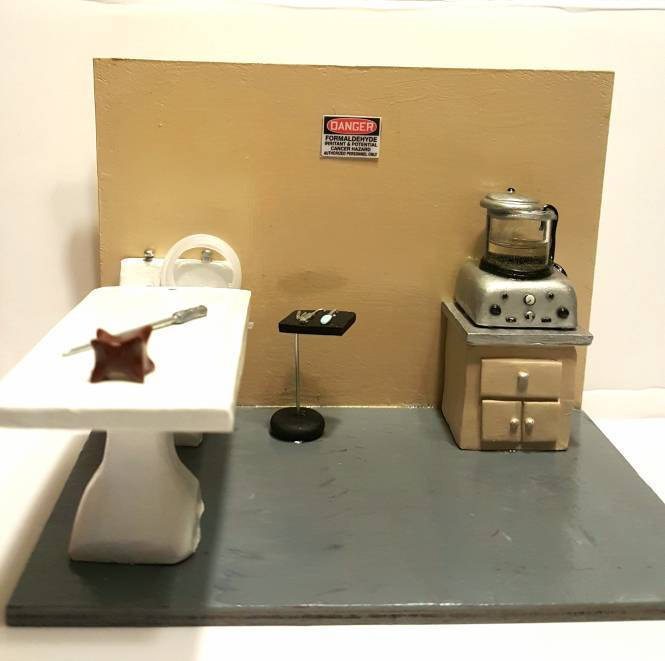When Embalming Isn’t Possible: Trauma, Illness, Surprises
Editor’s note: We writers don’t claim to know exactly how you do what you do, but we’re voraciously curious! Email us with your own embalming challenges so we can dig a little deeper in future articles!
Oh, the stories civilians hear about the embalming process – challenges can arise under the most standard, workaday conditions. Who knew? We thought it was like pulling the plug in a tub, but have come to understand that sometimes the task can’t even be completed. And that’s if matters take any of a hundred expected – to the pros – turns, so that what ought to have been a simple, straightforward process becomes impossible in a hurry.
But there are ever so many other circumstances besides the expected. For the rather commonplace, near-standard sort of task embalming seems to be, the manifold situations where the life of a person could render their eventual embalming not possible are surprisingly common. And for all we’ve managed to hunt up on our own from the distance of sterile cyberspace, the real gems lie among the repositories of arcane knowledge deep in the inner sanctums. These are your stories. We would love to hear them.
A few of the more frequently mentioned conditions expected to create hurdles to the process were:
- Obesity. Tales from the trenches cite extreme obesity as likely to create difficulty with positioning of the body. Distribution of fluids and possible unevenness of preservation follow as a matter of course, and excess pressure placed on the vessels and tissues can be difficult to work around.
- Severe trauma. Specifically due to disfigurement of the circulatory system or other bodily integrity, though we’ve all witnessed more than a few near miracles in the exceedingly capable hands of death care wizards.
- Advanced decomposition. Self-explanatory, but worth the mention for tissue breakdown and gas production.
- Congestive heart failure. Now this was especially interesting to us as we look on from afar: edema, the fluid buildup in the tissues that results from the collection of blood as the heart pumps less efficiently, changes how embalming chemicals work.
- Septicemia. The tissue damage caused by severe blood infection creates issues with not only tissue integrity, but also by introducing toxins that can affect embalming fluid’s effectiveness.
- Metastatic cancer. Weakened tissues, obstruction of vessels and altered pH levels can all play roles in the way embalming fluid works.
Does your experience bear out that these are some of the more common situations that complicate or even stop an embalming altogether? Have you experienced an especially troublesome/baffling/startling or otherwise unusual case? We’d love to hear about it for a potential future story. Please send them by email to us here, and indicate whether you’d be willing to be interviewed!




